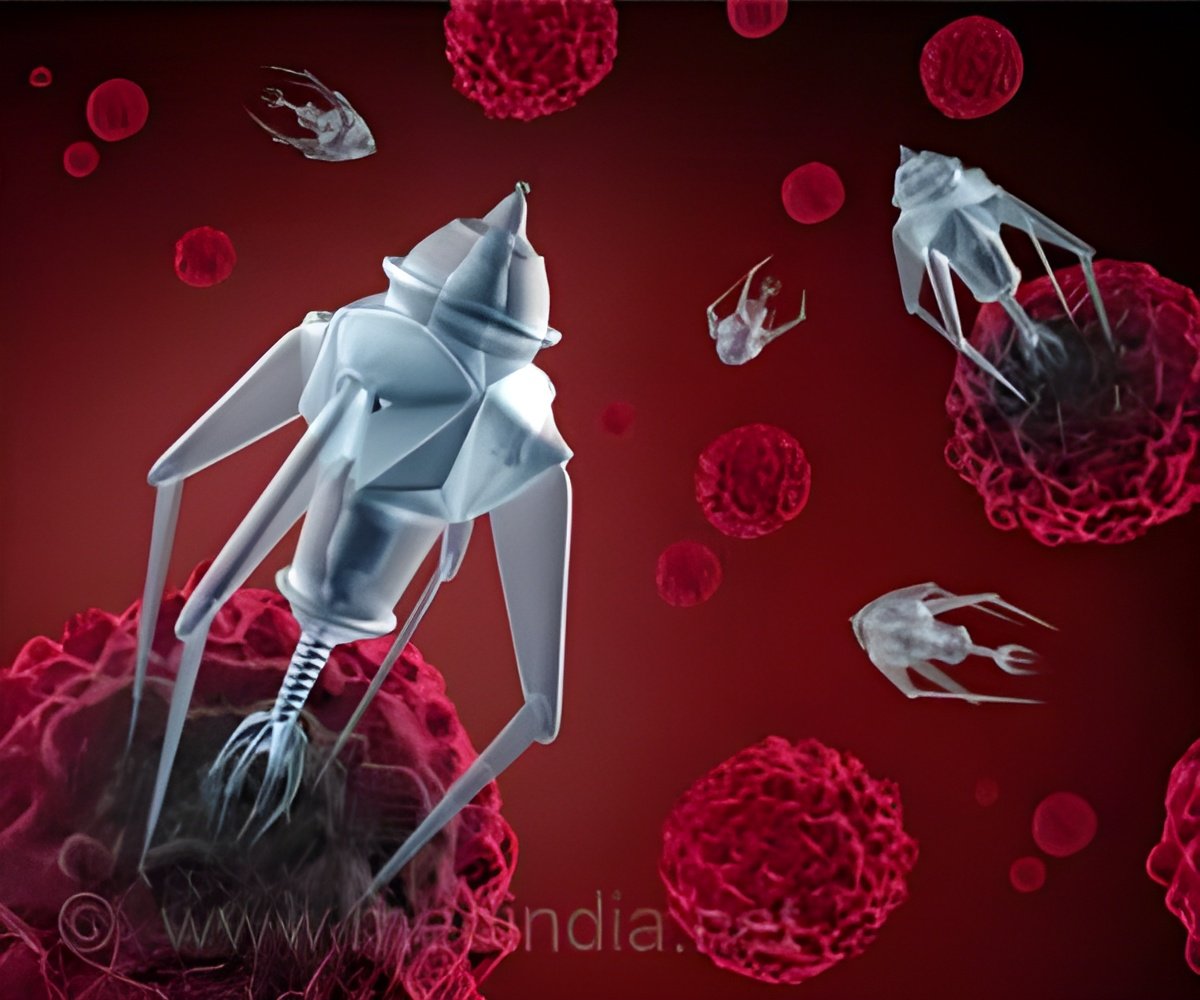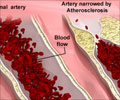
‘These cost-friendly microrobots can pass through tiny blood vessels and intricate systems without compromising on speed or movement.’
Tweet it Now
As a result, these devices are able to swim through fluids and modify their shape when needed. They can also pass through narrow blood vessels and intricate systems without compromising on speed or maneuverability, said the group of scientists led by Selman Sakar at Ecole Polytechnique Fédérale de Lausanne (EPFL) and Bradley Nelson at ETH Zurich. The study, published in the journal Science Advances, described the soft, bio-compatible device "like a living microorganism", wriggling in fluids that may be dense, viscous or moving at rapid speeds.
"Nature has evolved a multitude of microorganisms that change shape as their environmental conditions change. This basic principle inspired our microrobot design," Nelson said.
In addition to offering enhanced effectiveness, these miniaturized soft robots can also be manufactured easily at a reasonable cost.
For now, the research team is working on improving the performance for swimming through complex fluids like those found in the human body.
Advertisement
The deformations can be "programmed" in advance without sensors or actuators, allowing the robot to automatically morph into the most efficient shape, according to the study.
Advertisement
Source-IANS









